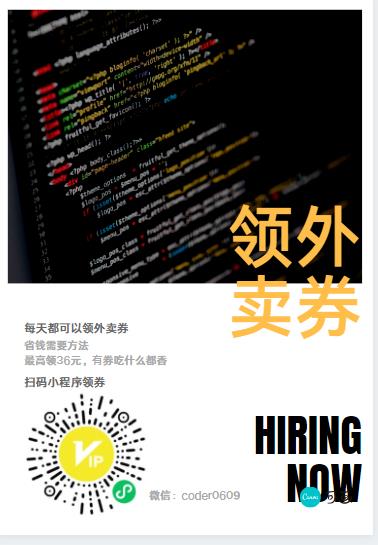Android设计模式之策略模式详解
Posted 码农乐园
tags:
篇首语:本文由小常识网(cha138.com)小编为大家整理,主要介绍了Android设计模式之策略模式详解相关的知识,希望对你有一定的参考价值。
策略模式
一个功能的效果,有不同的算法与策略,根据不同的选择选择不同的结果。
简单来说,只要你写过程序就用过策略模式,不要说没用过,难道if-else(switch)没用过吗…..
if-else在其实就是一个策略模式的体现,根据不同的选择处理不同的结果。
问题
如果把所有的方法全部用if-else(switch)来处理,从功能上说没问题,但是冲代码层面的维护与使用来说,if-else多了之后会让类变的过于庞大,阅读不利,修改困难
解决问题
使用策略模式,定义统一接口,每一个不同的功能(if-else)实现接口做一个具体类,外部调用具体类来达到不同的结果。
使用场景
同一个问题,有不同的解决方案 一个类有多个if-else的判断处理结果 封装SDK时上层处理结果返回的情况,调用者关心结果,不关注实现过程 列入android源码中的动画的TimeInterpolator,ListView的适配器
代码实现
有一个商品售卖,在售卖过程中,要根据不同的用户给予不同的价格(半价,9折,8折等等),在知道用户的前提下,如何直接给予价格呢?
(一)价格接口的实现
public interface PriceStrategy {
int setPrice(int price);
}(二)实现具体的价格类
7折:
public class seventPriceStrategy implements PriceStrategy {
@Override
public Double setPrice(int price) {
return 0.8 * price;
}
}5折:
public class HalfPriceStrategy implements PriceStrategy {
@Override
public Double setPrice(int price) {
return 0.5 * price;
}
}(三)价格算法管理类
public class PriceAlgorithm {
private PriceStrategy priceStrategy;
public PriceStrategy getPriceStrategy() {
return priceStrategy;
}
public void setPriceStrategy(PriceStrategy priceStrategy) {
this.priceStrategy = priceStrategy;
}
public Double getPrice(int price) {
if(priceStrategy!=null){
return priceStrategy.setPrice(price);
}
return null;
}
}传入具体的实现类,获取返回接口
(四)调用方式
PriceAlgorithm priceAlgorithm = new PriceAlgorithm();
priceAlgorithm.setPriceStrategy(new HalfPriceStrategy());
System.out.print("\\n" + "1块钱" + "5折后的价格:" + String.valueOf(priceAlgorithm.getPrice(1)));
PriceAlgorithm priceAlgorithm2 = new PriceAlgorithm();
priceAlgorithm2.setPriceStrategy(new seventPriceStrategy());
System.out.print("\\n" + "2块钱" + "8折后的价格:" + String.valueOf(priceAlgorithm2.getPrice(2)));(五)显示结果
1块钱5折后的价格:0.5 2块钱8折后的价格:1.6
总结
使用策略模式之后的维护只需要维护具体的实现类,如果有新增的方式,只需要扩展实现具体类即可,便于维护使用

以上是关于Android设计模式之策略模式详解的主要内容,如果未能解决你的问题,请参考以下文章